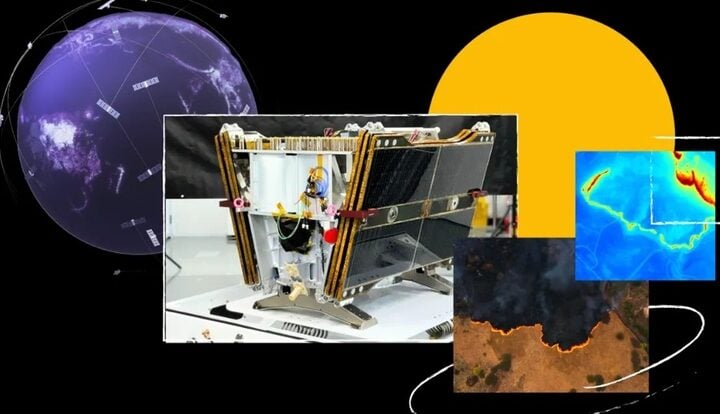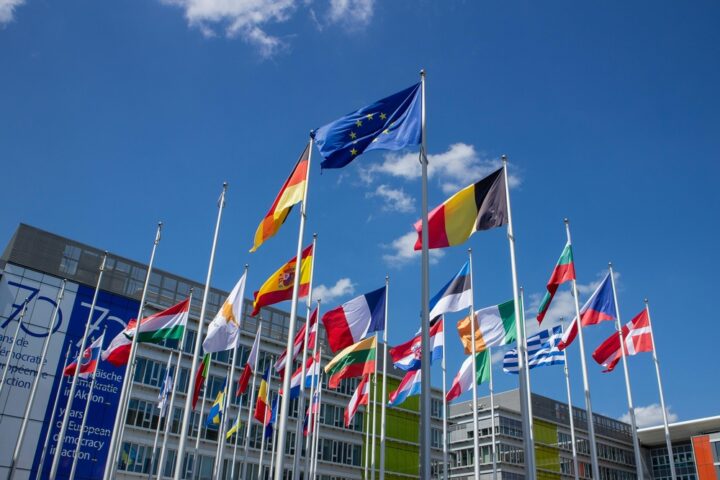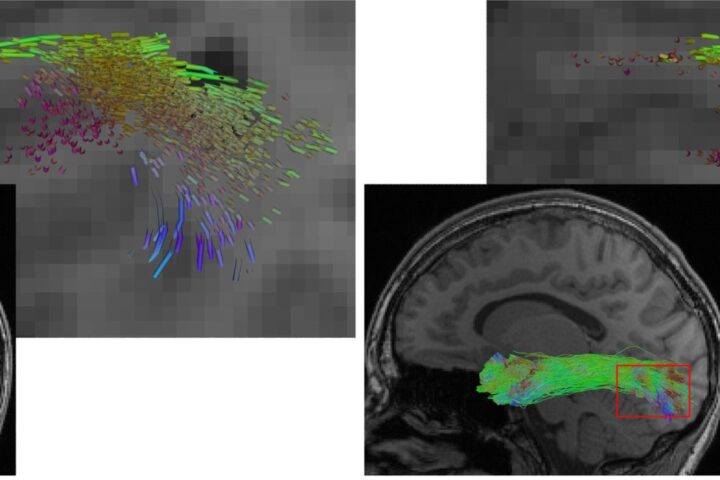The green revolution of AI One hundred Players from Around the World Join Forces for Planet-Conscious Computing.
AI’s reckless energy consumption is met with its environmental consequences. A landmark event occurred on February 11, 2025, when the Coalition for Environmentally Sustainable Artificial Intelligence (AI) was established in Paris by 37 tech corporations, 11 nations, and 5 multinational associations.
“AI power-ferocious systems are formerly placing an unsustainable strain on our earth,” said UN Secretary-General António Guterres during the AI Action Summit.”It’s pivotal to design AI algorithms and architectures that consume lower energy and integrate AI into smart grids to optimize power use.”
The coalition focuses on the conflicting relationship between AI and sustainability, noting that although AI tracks unlawful beach dredging and maps methane emigrations, its data centers consume water and electricity while producing electronic waste. French Minister Agnès Pannier- Runacher called it” a turning point for the first time, ecological transition has been at the core of conversations in a transnational AI peak.”
Tech elephants like Salesforce, IBM, and Hugging Face joined forces with exploration bootstrappers including Mila and INRIA. Boris Gamazaychikov, Salesforce’s Head of AI Sustainability, expressed pride in their founding class.
The coalition’s specialized design spans formalized criteria for AI’s environmental impact, comprehensive life cycle analysis fabrics, and sustainable AI exploration precedents. UNEP will publish energy-effective data center guidelines in 2025, drawing from EU Code of Conduct, Energy Star, and ISO/ IEC 30134 norms.
The Economical AI Challenge exemplifies practical action- 60 data scientist brigades contended to produce energy-effective AI models for climate intimation discovery, fire threat analysis, and deforestation monitoring.
Similar Posts
“The power of AI to break complex global challenges is getting ever clearer, but so too are its environmental impacts and the need for environmental rails,” said Golestan( Sally) Radwan, UNEP’s Chief Digital Officer.
While 190 countries espoused non-binding AI ethics recommendations covering environmental aspects, the nonsupervisory geography remains meager . The EU and US have introduced legislation targeting AI’s environmental footmark, but comprehensive global norms are still evolving.

The coalition propels AI sustainability into mainstream converse, alongside established enterprises about AI security and ethics. It emphasizes decarbonizing husbandry, reducing pollution, conserving biodiversity, and guarding abysses all while icing AI operates within planetary boundaries.
This multinational trouble reflects growing mindfulness that AI’s exponential growth demands immediate environmental responsibility. As data centers multiply and AI models expand, the coalition’s work to balance technological advancement with ecological preservation becomes increasingly vital.


















